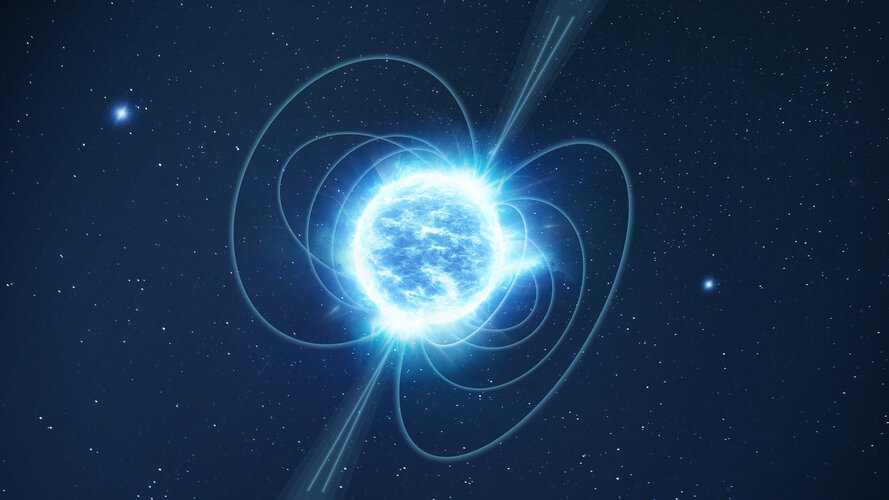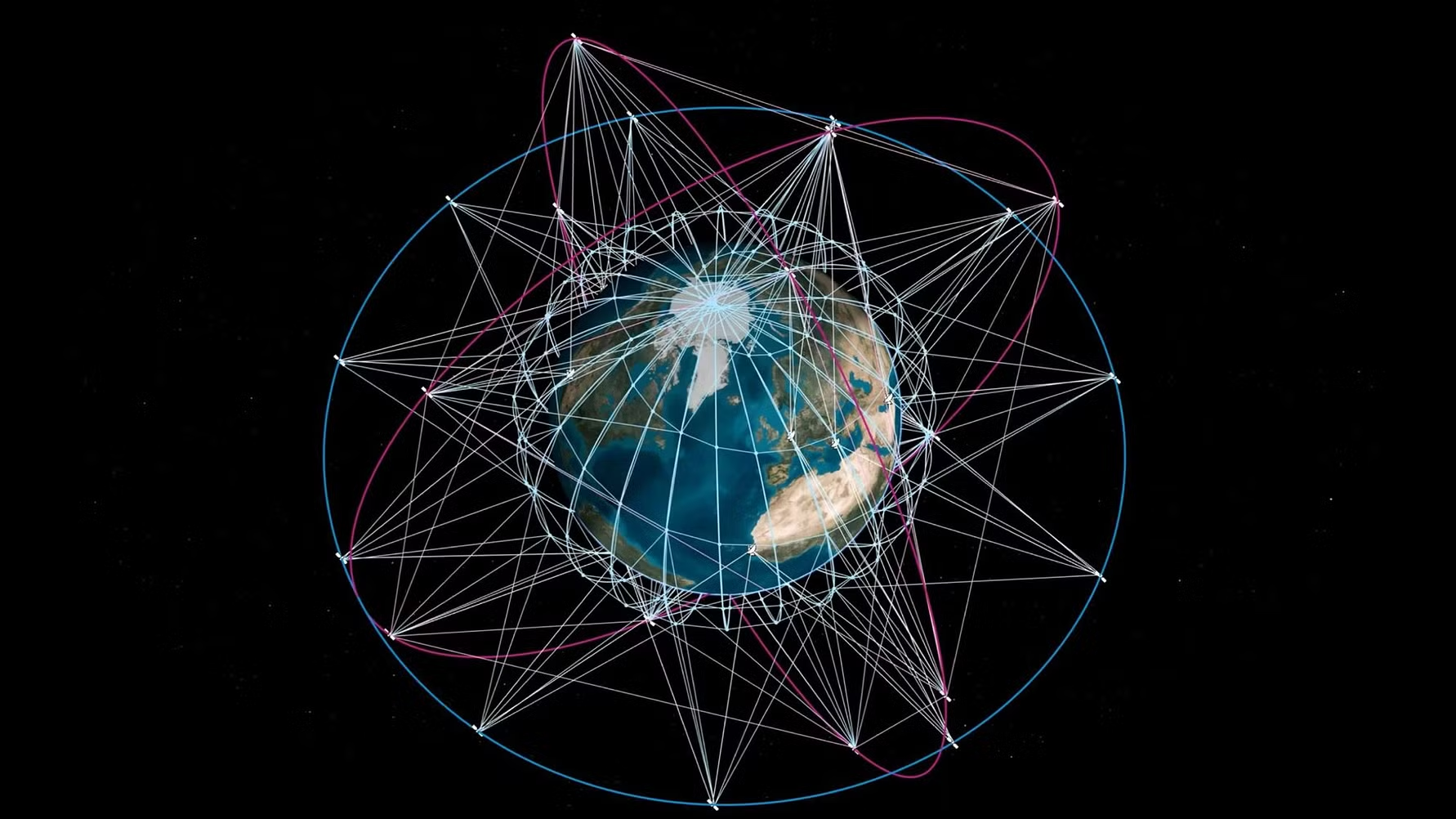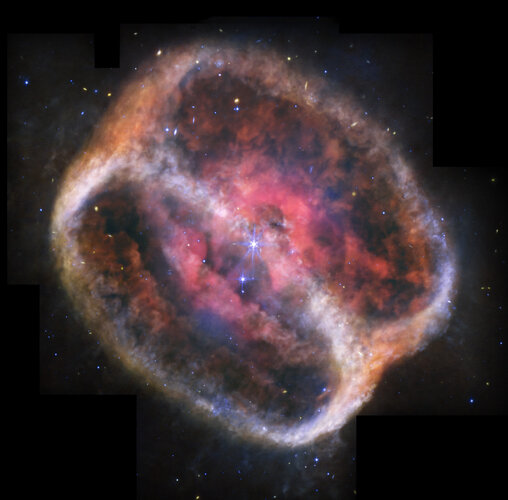Two-dimensional semiconductors demonstrate space readiness for next-gen devices
Tuesday, 15 April 2025 11:06 In a landmark demonstration of material resilience, researchers at Tsinghua University's School of Materials Science and Engineering have confirmed that two-dimensional (2D) semiconductor materials can endure the extreme environment of space. The investigation, led by Professor Ruitao Lv, involved launching both 2D materials and field-effect transistors (FETs) into low Earth orbit aboard China's
In a landmark demonstration of material resilience, researchers at Tsinghua University's School of Materials Science and Engineering have confirmed that two-dimensional (2D) semiconductor materials can endure the extreme environment of space. The investigation, led by Professor Ruitao Lv, involved launching both 2D materials and field-effect transistors (FETs) into low Earth orbit aboard China's Hera's Mars flyby - Asteroid Framing Camera (colourised)
Tuesday, 15 April 2025 11:00 Video:
00:02:14
Video:
00:02:14
On 12 March 2025, ESA’s Hera spacecraft soared just 5000 km above Mars and passed within 300 km of its distant moon, Deimos. Captured by Hera’s 1020x1020 pixel Asteroid Framing Camera, this video sequence offers a rare view of the red planet and its enigmatic moon. The original greyscale images have been colour-enhanced based on known surface features.
Hubble investigates a magnetar’s birthplace
Tuesday, 15 April 2025 11:00
Researchers using the NASA/ESA Hubble Space Telescope have discovered that the magnetar SGR 0501+4516 was not born in a neighbouring supernova as previously thought. The birthplace of this object is now unknown, and SGR 0501+4516 is the likeliest candidate in our galaxy for a magnetar that was not born in a supernova. This discovery was made possible by Hubble’s sensitive instruments as well as highly accurate reference data from the European Space Agency's Gaia spacecraft.
Maryland lawmakers say Trump cuts to NASA Goddard could slash US space programs in half
Tuesday, 15 April 2025 09:45This request seems a bit unusual, so we need to confirm that you're human. Please press and hold the button until it turns completely green. Thank you for your cooperation!
Press and hold the button
If you believe this is an error, please contact our support team.
185.132.36.159 : 170846b7-6e99-4ab6-96d1-6f38b734
Maryland congressmen vow to block proposed NASA science budget cuts
Monday, 14 April 2025 23:04
Derek Tournear to return as Space Development Agency director after investigation
Monday, 14 April 2025 19:17
Tournear will return to the Space Development Agency on April 17 after a three-month administrative leave
Catch up on all of SpaceNews’ Space Symposium 2025 coverage
Monday, 14 April 2025 15:49
SpaceNews produced the official Show Daily for all three exhibit days of the 38th Space Symposium at the Broadmoor Hotel in Colorado Springs, April 17-20, 2023.
NASA's IMAP arrives at NASA Marshall for testing in XRCF
Monday, 14 April 2025 14:49This request seems a bit unusual, so we need to confirm that you're human. Please press and hold the button until it turns completely green. Thank you for your cooperation!
Press and hold the button
If you believe this is an error, please contact our support team.
185.132.36.159 : 754a54a1-24c5-4dea-9d6d-b1481a5d
Multi-orbit success or a single-point of failure?
Monday, 14 April 2025 14:00
The march toward single broadband terminals that can tap into multiple orbits promises greater resiliency and flexibility. It also centralizes risk in one device. “Single point failures are not ideal,” […]
Blue Origin launches all-woman New Shepard suborbital flight
Monday, 14 April 2025 13:59
Blue Shepard launched six women, including a pop star and TV show host, on a suborbital flight of the company’s New Shepard vehicle April 14.
Webb brings dying star's energetic display into full focus
Monday, 14 April 2025 13:00 Image:
Planetary Nebula NGC 1514 (MIRI image)
Image:
Planetary Nebula NGC 1514 (MIRI image) Media advisory: Earth Explorer Biomass satellite launch media events
Monday, 14 April 2025 12:57
Media advisory
Earth Explorer Biomass satellite launch media events
Blue Origin launches an all-female celebrity crew with Katy Perry, Gayle King and Lauren Sanchez
Monday, 14 April 2025 12:41This request seems a bit unusual, so we need to confirm that you're human. Please press and hold the button until it turns completely green. Thank you for your cooperation!
Press and hold the button
If you believe this is an error, please contact our support team.
185.132.36.159 : 4b76a101-6644-487d-a43c-dbd35220
No man’s airspace: Why our skies aren’t ready for the space boom
Monday, 14 April 2025 12:00
On a clear evening this January, flights out of Miami, Orlando and Fort Lauderdale suddenly ground to a halt.


 Image:
Tree planting for Ignis
Image:
Tree planting for Ignis